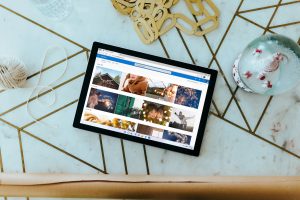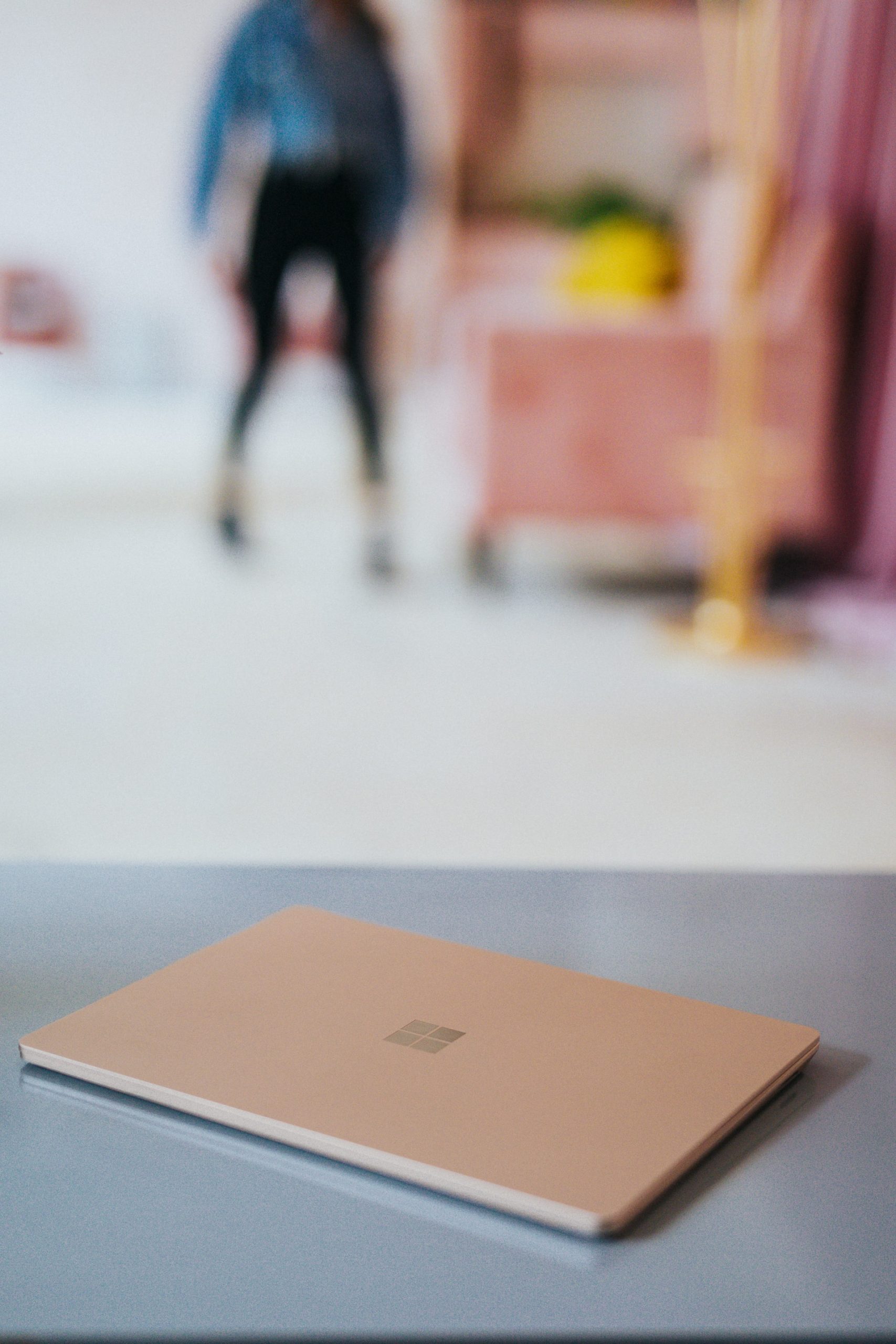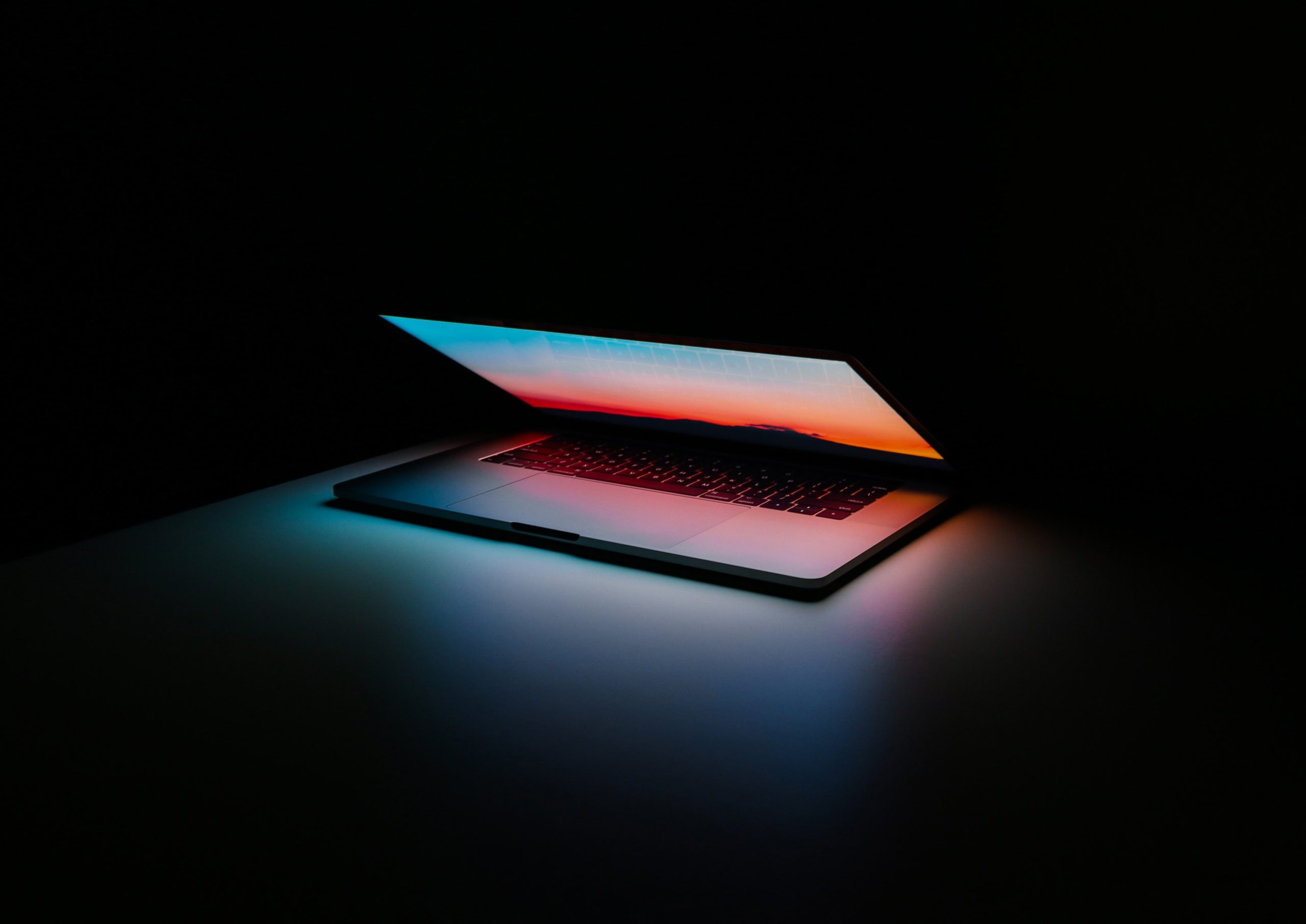Introduction: Customize Windows 10 Taskbar
Modifying the Start menu and toolbar on Windows 10 devices provides a strong method to improve the user satisfaction and adapt the interface to satisfy your organization’s specifications. This feature enables users to customize the arrangement and structure of the initial menu, facilitating the task for users to get to frequently utilized applications and configurations. Moreover, it is possible to attach crucial applications and webpages onto the dock, giving swift and easy reach to those elements. Within this extensive tutorial, we intend to analyze diverse strategies to attain this objective. Making sure you can install a customized format, save vital applications, and delete default ones with no hassle. If you handle a small number of gadgets or a major corporation. These personalization choices are crucial for improving efficiency and boosting output.
Using Extensible Markup Language for Personalizing the Start Menu for Taskbar Personalization
A highly flexible techniques to customize the menu and the taskbar can be via XML files. One can configure the initial display on an already established Windows system. Save the design into an XML document, and proceed to distribute the file through group governance, Windows Configuration Designer provisioning bundle, or regulation for mobile device management (MDM). This method enables you to customize the arrangement exactly and guarantee coherence across various devices.
For further detailed guidance and samples, check out the document “Modify and Export Launch Configuration.”

Customization with Group Policy
GPOs (GPO) offer an effective method for controlling various elements related to the Start menu along with the taskbar without the need for device reimaging. Through configuration policy settings using templates, it is possible to deploy the policies to your equipment. You have the ability to subsequently apply particular settings. This “Taskbar policy settings” segment enumerates different regulations you can employ. One can additionally utilize the preferences through the use of a setup package.
In order to learn additional information on utilizing group policy for customizing the taskbar and Start menu of Windows 10, look up the article “Modifying Windows 10 Start and Taskbar Using Group Policy.”
Leveraging Provisioning Packages
Configuration packages act as containers which contain various configuration options aimed at fast device configuration without the necessity of installing a fresh image. One can utilize provisioning packages to personalize the Start menu as well and the toolbar. This simplifies the implementation procedure and safeguards a cohesive user experience on various devices.
For detailed guidance on utilizing provisioning packages for tailoring to your preferences, look at the article “Employ Provisioning Packages to Tailor Windows 10 Start and Taskbar.”
Handling Start Menu and Dock using Mobile Device Management (MDM)
In case your company implements a MDM system like Microsoft Intune, you have the opportunity to utilize XML files and policies to modify the Start menu and taskbar. Through the addition of a XML document into a Mobile Device Management policy, you are able to distribute these arrangement choices to your gadgets with high efficiency.
To learn more about utilizing MDM for personalizing the Start menu and taskbar, consult the article “Customize Windows 10 Start and Taskbar using MDM.”
Beginning with Windows Ten build 1607, you are able to secure extra apps to the taskbar area. Moreover, it is possible to additionally uninstall initially set applications in the taskbar. Various taskbar setups can be opted for depending on the device’s geographical setting. Three types of programs can be fixed to the dock. This includes apps that the user has pinned, apps that come with Windows and are pinned during installation, and organization-pinned apps.
It is crucial to utilize the “layoutmodification.xml” technique to set up taskbar settings for a hands-free Windows setup package. Steer clear of using “Links on the taskbar” as it’s not recommended.
Start Layout Configuration Errors
In case your Customization of the Start layout does not take effect as you anticipated, you can investigate the concern by utilizing the Event Viewer. Search for distinct incidents including Event 22, which suggest malformed XML. Or Occasion 64, demonstrating valid XML however with surprising values present. Grasping these incidents can aid you in troubleshooting and effectively fix configuration mistakes.
Next Steps for Customization
Personalizing the Main menu and toolbar is a continuous process. Following the implementation the initial setup, keep an eye on user reactions and adapt if required. Consistently improve the design according to the developing necessities of your company. Stay informed regarding updates related to Start rules in the Windows 10 operating system. These options enable you to benefit of the latest functionalities and upgrades.
Through following the recommended instructions and utilizing the available resources, you can effectively tailor the Start menu and desktop bar on Windows 10-powered devices. These will guarantee a smooth and customized user journey that enhances efficiency and productivity within your business.








